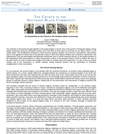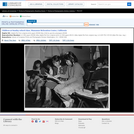
Girls reading in a Sunday school class. Title transcribed from Ansel Adams' caption on verso of print. Original neg. no.: LC-A35-5-M-30. Gift; Ansel Adams; 1965-1968. Forms part of: Manzanar War Relocation Center photographs.
- Subject:
- Arts and Humanities
- History
- U.S. History
- Visual Arts
- Material Type:
- Diagram/Illustration
- Primary Source
- Provider:
- Library of Congress
- Provider Set:
- Library of Congress - Photographs
- Author:
- Ansel Adams
- Date Added:
- 01/01/1943
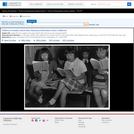
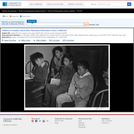


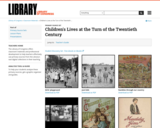
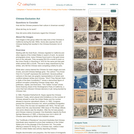
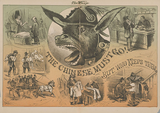


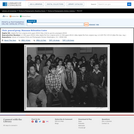
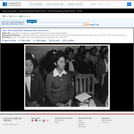
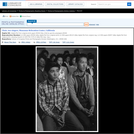
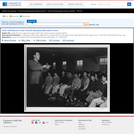


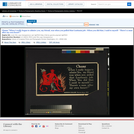
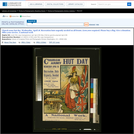
![The Church Does Care! [...] Follow the Boys Who Follow the Flag [...] Set Aside the Week Ending Sunday January 27th, 1918 As a Sacrificial Week [...].](https://img.oercommons.org/160x134/oercommons/media/upload/materials/screenshots/materials-course-92830.png)
